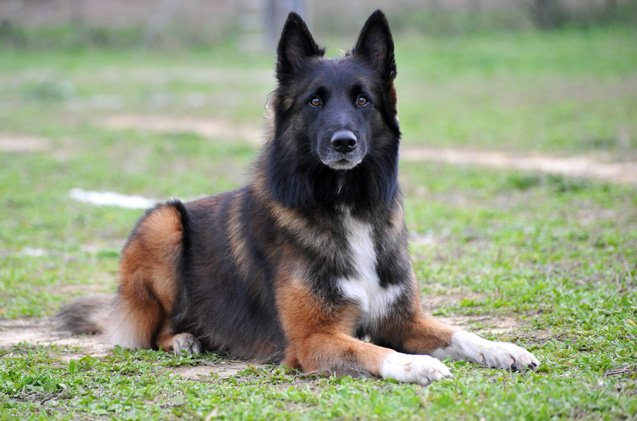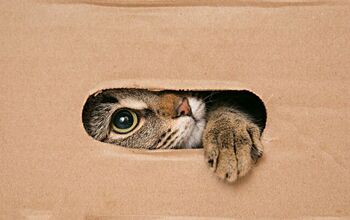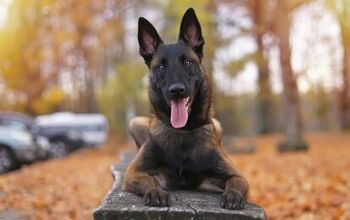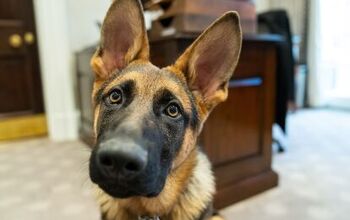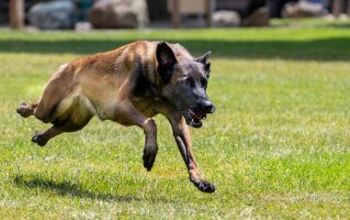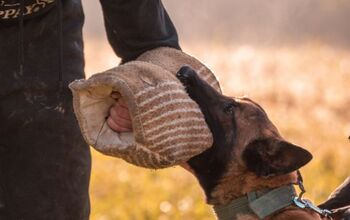Belgian Shepherd


About Belgian Shepherd
Also known as the Belgian Sheepdog, the Belgian Shepherd is a beautiful, long-coated breed that comes in a variety of colors. With their athletic build and superb stamina, these dogs excel in herding as well as various dog sports. Not only that, but their friendly temperament makes them an excellent choice for family life as well. If you’re looking for a highly trainable, medium- to large-sized breed, the Belgian Shepherd is certainly one to consider.
Also known as the Belgian Sheepdog, the Belgian Shepherd is a beautiful, long-coated breed that comes in a variety of colors.
The Belgian Shepherd was developed in Belgium during the 1800s and, in its homeland, it is actually considered four breeds in one. During the late 1800s, a group of dog fanciers gathered native herding breeds and shepherds (such as the Dutch Shepherd, Briard, and German Shepherd) and developed what is now known as the Belgian Shepherd. Technically speaking, there are four varieties of the breed – the Malinois, the Tervuren, the Laekenois, and the Groenendael (Belgian Shepherd). In Belgium, all four are considered variations of the same breed but in many non-FCI countries (including the United States), they are regarded as separate breeds. The American Kennel Club recognizes three of the four as separate breeds – the Belgian Malinois, the Belgian Tervuren, and the Belgian Sheepdog (or Groenendael). The fourth, the LAekenois, is part of the Foundation Stock Service (FSS).
The Belgian Shepherd was developed from herding breeds collected from various regions of Belgium including Tervuren, Mechelen, Laeken, and Groenendael. Breeds used in the development include the Dutch Shepherd, the Briard, and the German Shepherd.
As an active herding breed, the Belgian Shepherd requires a high-quality diet rich in protein and healthy fats. If you plan to use your dog for herding or dog sports, an active or working breed formula may be the best option. Otherwise, a large-breed formula is a good place to start – just monitor your dog’s weight and condition to make sure he is getting enough but not too much to eat.
Like most herding breeds, Belgian Shepherds are highly intelligent and trainable.
Like most herding breeds, the Belgian Shepherd is highly intelligent and very trainable. Though these dogs are generally friendly and good with people, they can sometimes be distrustful of strangers so early training and plenty of socialization is required. When properly trained, this dog is an excellent protector of his family and his property, though he will not attack without provocation. These dogs need a great deal of mental stimulation due to their intelligence, so advanced training is recommended as well as plenty of playtime with interactive toys. Though the dog is not a willful or stubborn breed, he does best with an experienced dog owner and someone who will maintain a firm and consistent hand in both leadership and training.
The Belgian Shepherd is a medium- to large-sized breed in four varieties that stands between 22 and 26 inches tall, weighing 44 to 66 pounds at maturity. Males of the breed are larger than females.
The Belgian Shepherd is a highly intelligent breed that excels in herding as well as other dog sports. These dogs are extremely alert, observant, and sensitive to everything that happens around them which is partially why they are so good at herding. Though they were developed as a herding breed, this dog also does well as a family pet because he is loyal, trainable, and good with children. This breed does require a significant amount of exercise and socialization, but they are naturally very gentle and they enjoy close interaction with people.
The Belgian Shepherd is generally a healthy breed, though he is prone to eye problems, skin problems, hip dysplasia, epilepsy, and gastric torsion.
The average lifespan for the Belgian Shepherd is 10 to 14 years which is fairly long for a dog of his size.
The Belgian Shepherd is a highly active and energetic breed, so he requires at least an hour of vigorous exercise each day. In addition to plenty of physical exercise, this breed needs plenty of mental stimulation as well. If he is under-exercised or bored, the Belgian Shepherd is prone to destructive behavior so keep plenty of interactive toys on hand.
The Belgian Shepherd is a highly intelligent breed that excels in herding as well as other dog sports.
The Belgian Shepherd is recognized by the AKC in the Herding Group. The Belgian Shepherd name applies only to the Groenendael variety in the United States – the Tervuren, Malinois, and Laekenois are recognized separately.
Each of the four varieties of Belgian Shepherd has a slightly different coat. The Groenendael has a long, double coat consisting of soft, short down hairs and a longer top layer of coarse guard hairs – solid black is the most common coloration. The Laeknois is generally fawn-colored with white hairs mixed in and the texture of the coat is wiry. The Malinois has a shorter coat in various shades of brown or tan with agouti-ticked hairs in varying degrees of black – they also have a black mask and ears. The Tervuren is similar in coloration to the Malinois but has a longer double coat.
The average litter size for the Belgian Shepherd is 6 to 10 pups. Because there are four varieties of Belgian Shepherd, litters can be extremely variable depending on breeding. Regardless of physical appearance, all Belgian Shepherds require early socialization and training. Because they are a large breed, you also need to be careful about preventing them from growing too fast – a large-breed puppy formula should solve this problem.
Photo credit: cynoclub/Shutterstock; Erik Lam/Shutterstock

Kate Barrington is the loving owner of two cats (Bagel and Munchkin) and a noisy herd of guinea pigs. Having grown up with golden retrievers, Kate has a great deal of experience with dogs but labels herself a lover of all pets. Having received a Bachelor's degree in English, Kate has combined her love for pets and her passion for writing to create her own freelance writing business, specializing in the pet niche.
More by Kate Barrington



